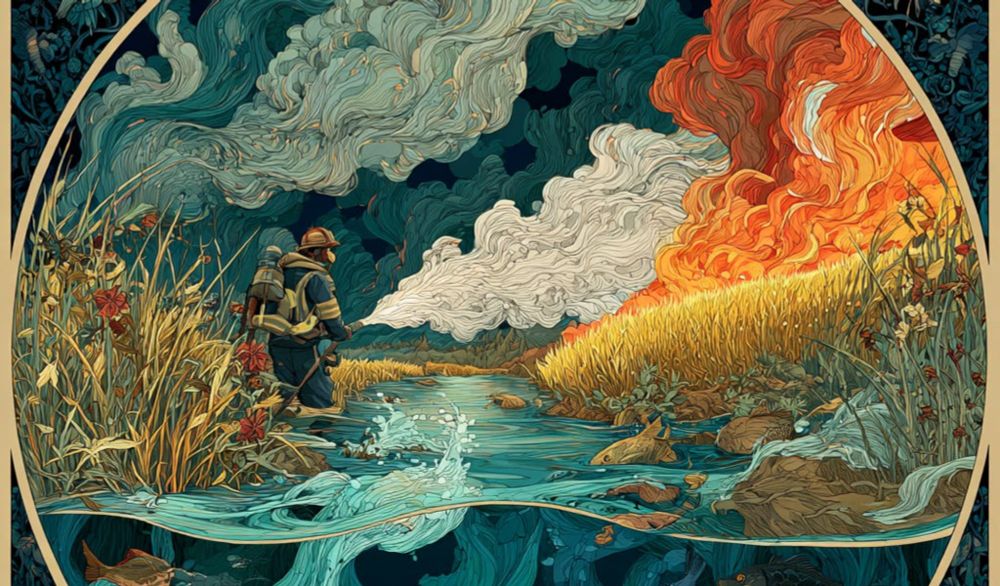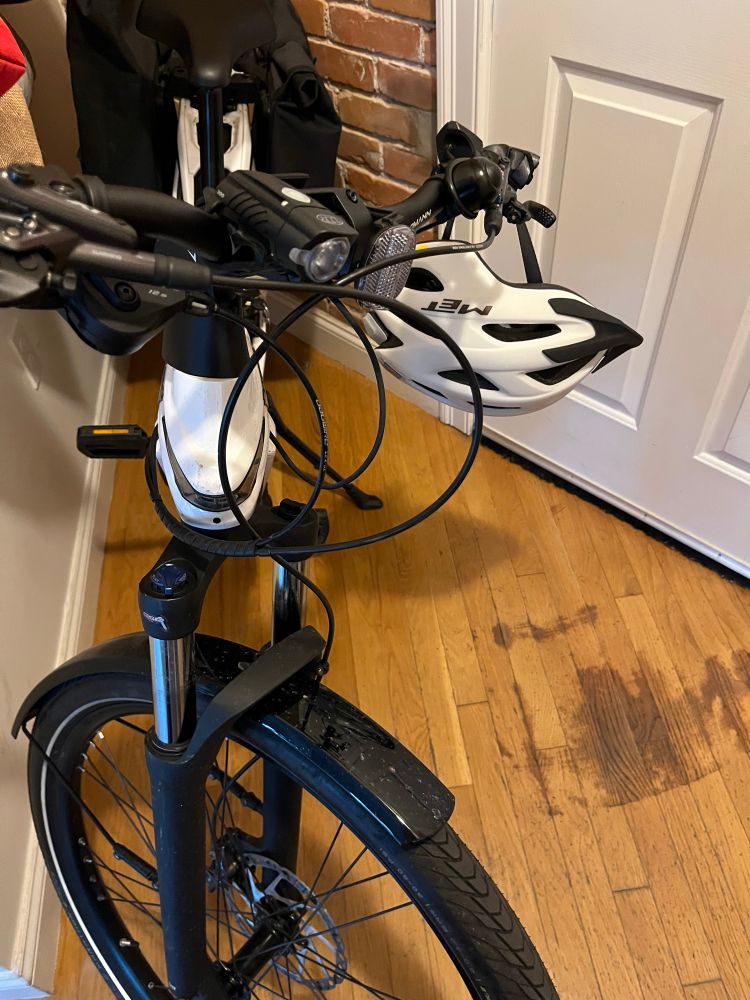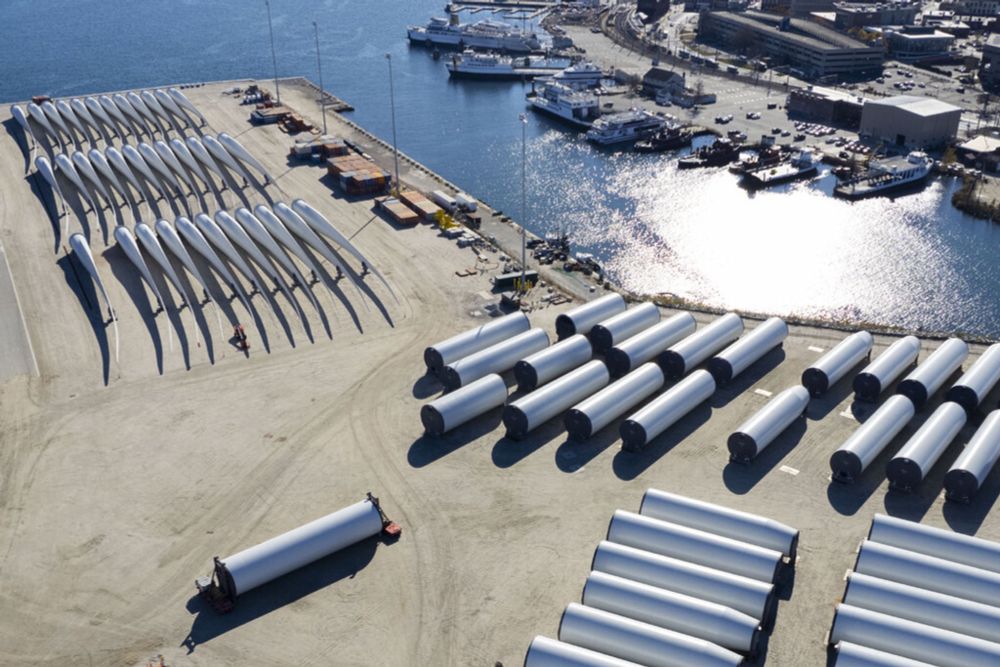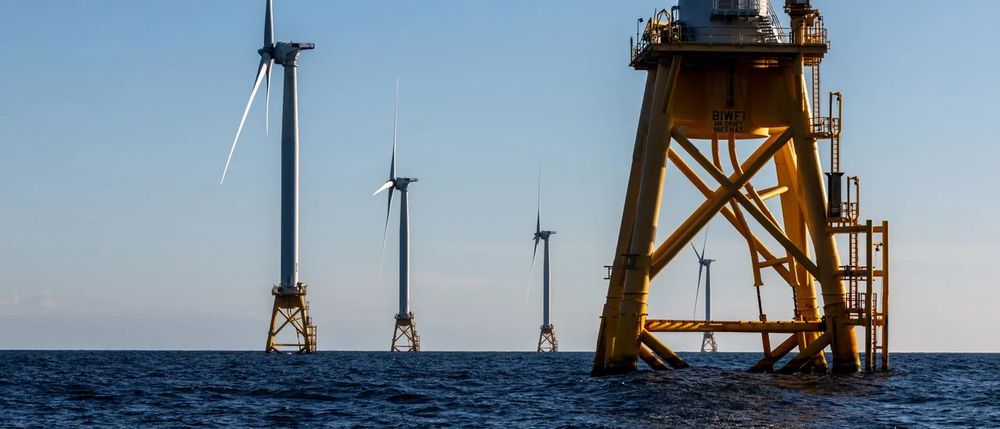Jonathan Buonocore
@jjbuonocore.bsky.social
2K followers
240 following
190 posts
Assistant Professor at Boston University School of Public Health. Climate, Energy, and Health. Born at 344 ppm CO2
Posts
Media
Videos
Starter Packs
Reposted by Jonathan Buonocore
Reposted by Jonathan Buonocore
Reposted by Jonathan Buonocore
Reposted by Jonathan Buonocore
Reposted by Jonathan Buonocore
Reposted by Jonathan Buonocore
Costa Samaras
@costasamaras.com
· Aug 24
Lora Kolodny
@lorak.bsky.social
· Aug 24

Solar executives warn that Trump attack on renewables will lead to power crunch that spikes electricity prices
Renewable power executives say difficulty getting permits, rising costs due to tariffs and the end of key tax credits are making it tough to plan.
www.cnbc.com
Reposted by Jonathan Buonocore










